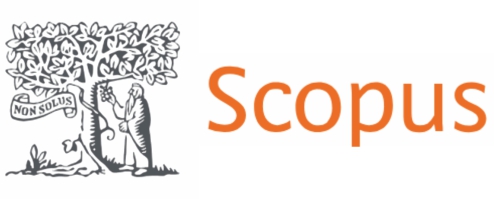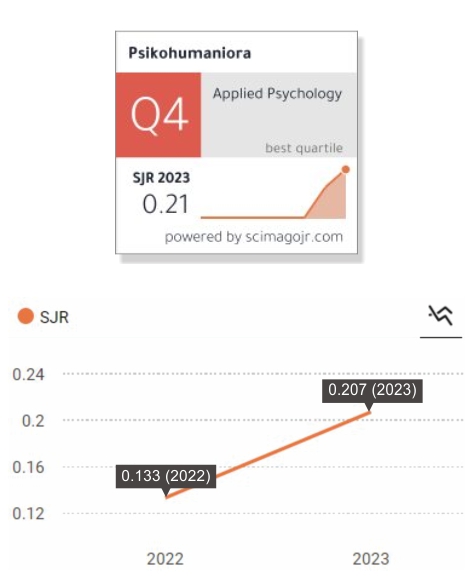Screening for Plagiarism
Articles submitted to Psikohumaniora: Jurnal Penelitian Psikologi will be filtered using Turnitin software, with a maximum of 15% similarities permitted.
Plagiarism includes (Soelistyo, 2011):
- Word-for-word plagiarism – borrowing another author’s language word-for-word but not putting it in quotation marks or citing it correctly.
- Source plagiarism – using the ideas of others without giving recognition or citing the source explicitly.
- Plagiarism of authorship – presenting another author's work as one’s own.
- Self-plagiarism - authors publishing an article in more than one journal by recycling papers. The important issue related to self-plagiarism is that when citing one's own work, significant changes must have been made to the new article. The previous article should only contain a small percentage of any new article produced. So readers will receive new information, which may be inspired by but different from the previous articles.
Reference
Soelistyo, H. (2011). Plagiarisme: Pelanggaran hak cipta dan etika. Penerbit Kanisius.










